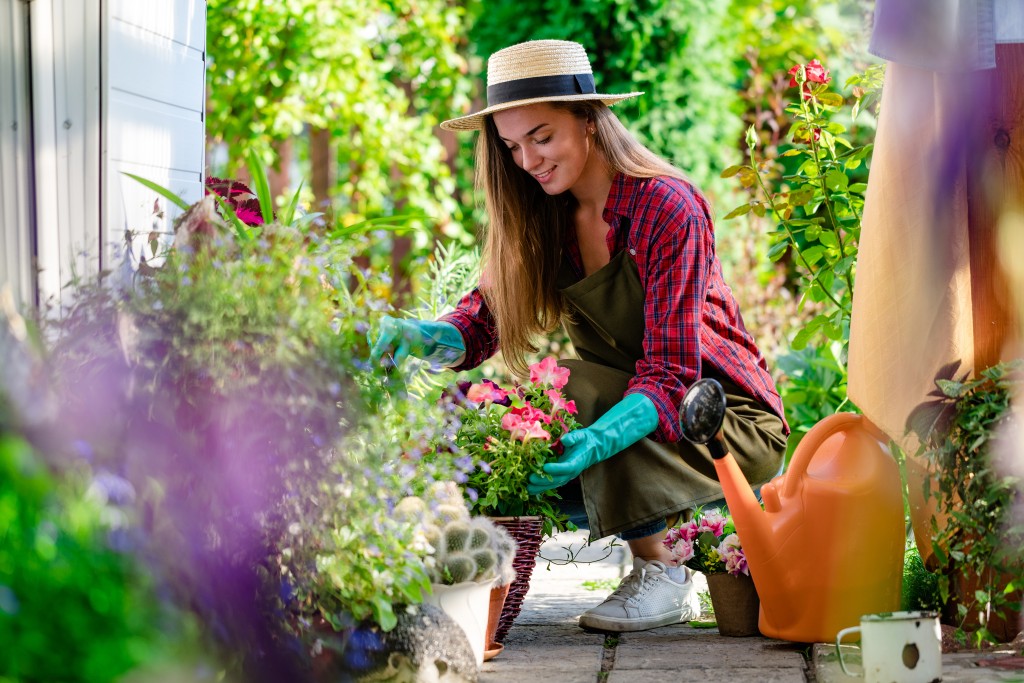Gardening started to gain more attention as a hobby. People started to take an interest in it regardless if they have a green thumb or not. They see it loaded with many physical and psychological benefits. It is an enjoyable activity where a person only needs to step outside their yard. What they can do in their small piece of the earth is diverse as new trends in gardening emerged.
One trend that started to increase traction is having a pollinator garden. This type of garden is different from a regular one. It not only gives life to plants and flowers, but it serves as a home to helpful insects or animals as well. Setting up a pollinator garden needs careful attention to detail. A landscaping company specializing in residential gardens could guide you. These experts could help to make your pollinator garden a success. Here are some ideas you could start with.
Choose Native Plants
A pollinator garden supports helpful insects and animals that are native to the area. As such, it is practical to choose plants that are familiar to them. Choosing native plants would help to maintain sustainability. Also, by picking species that thrive in your region, you do not have to worry much about pesticides. These substances, even how organic they claim to be, are harmful to pollinators. The harmful chemicals stay on the leaves and pollen long after their application.
Native plants can adapt well to the seasons of the area. Thus, pollinators can feast on pollen and nectar for longer periods of the year. Choose different varieties to support your pollinators from spring to autumn. Pick a variety of colors, shapes, and sizes. Colorful blooms will attract butterflies, bees, and hummingbirds, among many others. The fragrance also calls forth some pollinators, such as moths to come.
Consider All Life Stages of Pollinators
A pollinator garden must have blooms that support adult pollinators. Some famous varieties are yarrow, coneflower, black-eyed Susan, and butterfly bush. But, one mistake in pollinator gardening is to focus on adult pollinators. Committing to the sustainability of these insects means being mindful of life stages.
Thus, you need to include elements in your garden, even for the larvae. For example, plants that serve as caterpillar food are milkweed, violets, and pansies. Also, make sure that your garden has water access for helpful insects and animals. You may also add a simulation of your pollinators’ natural habitats. Remember that you are not only making a place where they visit and leave. Your garden aims to provide them a safe environment.
Create Other Helpful Features

Your pollinator garden is not only about plants but about other nesting materials. A water source is a critical element in this type of garden. Some examples of water sources are birdbaths or small ponds. Have some small pebbles or stones on your water features. This could help the insects have a safe spot where they can perch and enjoy a sip. Make sure that your water sources always have clean water. Have a regular schedule for changing it.
You may also include birdhouses, hollow-stemmed plants, decaying woods, and bare soil. These features serve as nesting grounds and natural habitats for pollinators. If you want to have a major DIY project, you could try your hand in building a bee condo.
Continue Learning
Growing a pollinator garden has a big room for learning. There are so many elements you need to learn to make this garden a success. You could learn about soil characteristics. You could start with its composition, pH balance, and its nutrient balance. Learning about these things could help you avoid using chemical fertilizers. These substances are very harmful to pollinators.
You could also study the moisture level and wind exposure in your garden. You can select which plants will thrive best in your patch of the earth with this information. Learn how to deter pests and wildlife. This could range from rodents to bigger animals like deer.
There are many resources available for you to read about pollinator gardens. You may also find people who grow their pollinator garden. You could exchange ideas and information with them.
Having a pollinator garden is more than following a trend. It is a commitment to help protect the balance in the ecosystem. Some pollinators are becoming extinct without people realizing it. Giving them a safe environment to thrive will also help more and more plants to continue growing. Also, it is a sight to behold to see a garden all abuzz with life, not only with colorful blooms.

